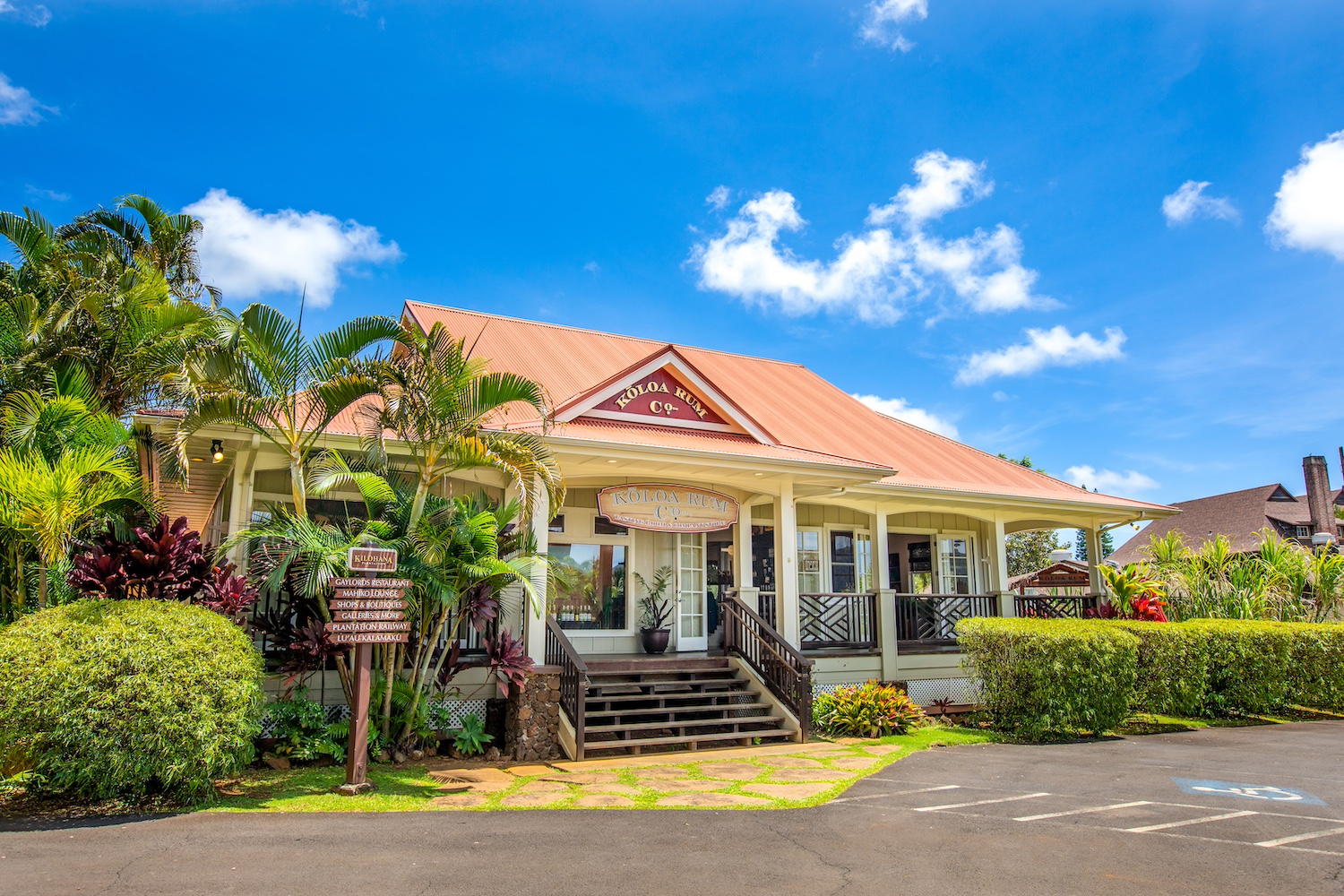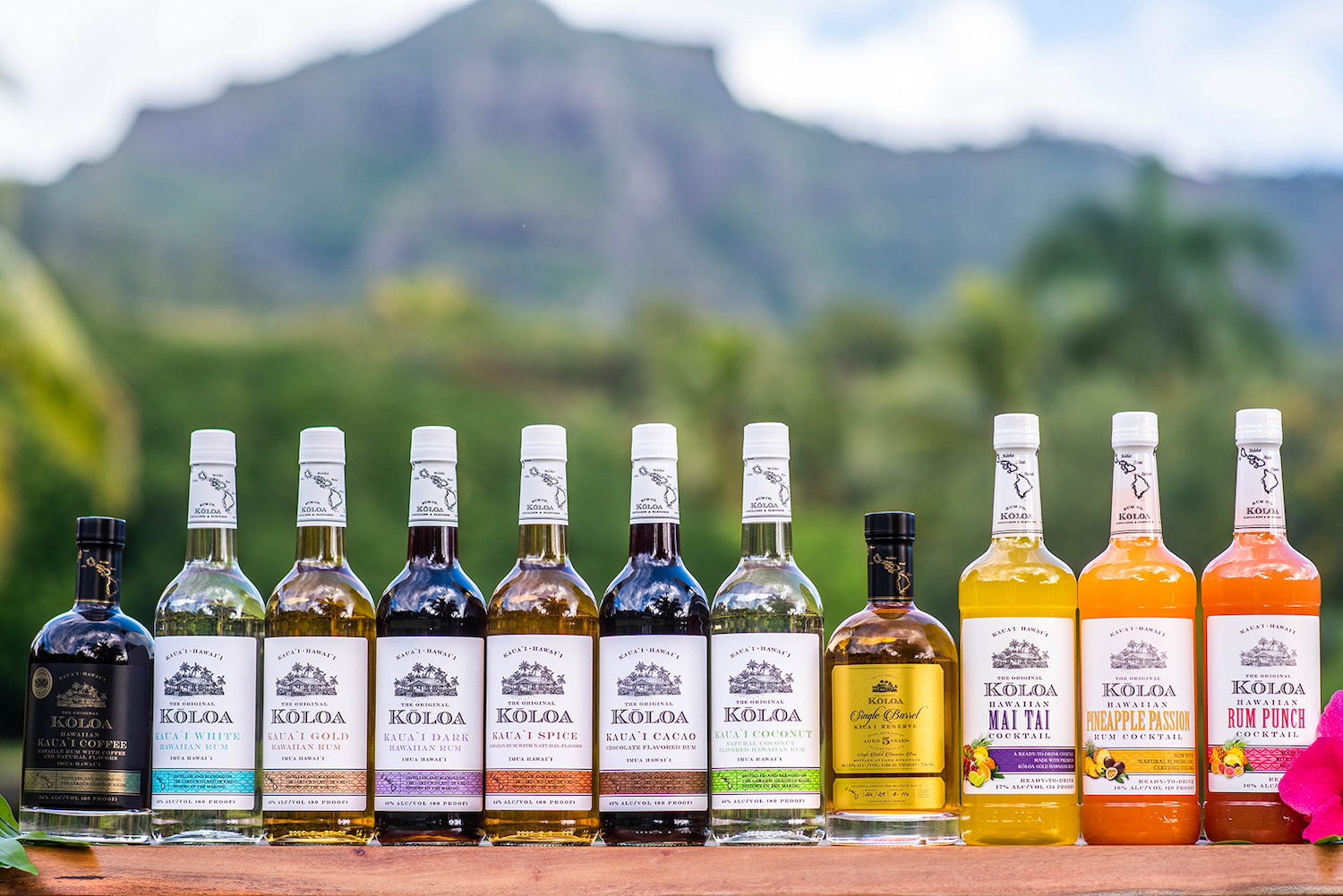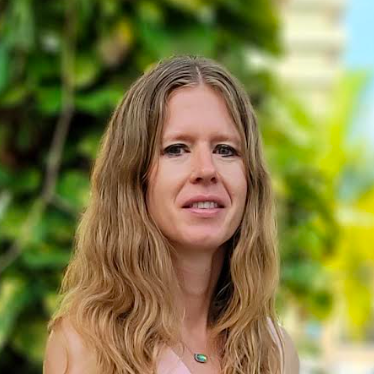
Aged barrels of Kōloa Rum Company's spirits. (Image courtesy of Kōloa Rum Company.)
Welcome to 3p Happy Hour! As we all eye the exit door on Friday afternoons, we're raising our glasses to the sustainable beer, wine and spirits brands serving up stiff sips with less environmental impact while benefiting communities.
Rum conjures up visions of Caribbean beaches, lingering sunsets and tropical breezes. Yet this liquor was once the most popular drink in Colonial America — used in cocktails, medicine and even as a boozy currency. After the Revolutionary War, whiskey gained favor, but rum snuck back into our glasses in mojito, dark ‘n’ stormy and rum punch form.
We love our passion fruit daiquiris to the last sip, but there’s trouble in paradise. Rum production, like most distilled spirits, uses high amounts of water and energy. For instance, producing one standard 25 ounce bottle of spirits emits up to 6.5 pounds of carbon dioxide, equivalent to charging about 240 smartphones. Plus, rum is made from sugarcane, which can fuel deforestation and air and water pollution.
But no one likes a buzzkill, and thankfully, sustainable rum is now on the menu. Kōloa Rum Company, a craft distiller on the Hawaiian island of Kaua’i, produces its spirits with the environment in mind. From start to finish, it’s working to preserve the island's rich history and abundant resources — one pineapple passion rum cocktail at a time.

The environmental price of a pour
Piña coladas fall on the less serious side of life, but their costs can be sobering. The principal ingredient, sugarcane, is a particularly thirsty crop susceptible to increasing drought under climate change. And sugarcane fields are often burned before harvest to remove leaves and residues, which releases greenhouse gases and fine particulate matter. This pollution can exacerbate asthma and cardiovascular problems in nearby residents, and even increase their mortality rates. But more sustainable harvesting options do exist, such as leaving residues on the fields or removing them instead of burning them. But that’s more expensive, and in Florida, where over half of American sugar is grown, they’re not often used.
Once the sugarcane is harvested, it has to be fermented and distilled to transform into a smooth pour of aged rum. While the spirit industry makes some of the most iconic drinks, it consumes large amounts of resources to do so. For instance, it takes over 28 liters of water to create 1 liter of spirits, according to the industry-led coalition Beverage Industry Environmental Roundtable. Large operations can burn through the energy used by 7,000 homes each year, according to the United States Environmental Protection Agency. As a result, their environmental footprint is much higher than that of breweries or wineries.
Distillation also produces 12 times the amount of wastewater as alcohol, which is full of organic matter and other pollutants, according to research from the University of Warmia and Mazury. If not treated properly, it can damage surrounding water bodies and farm fields.
Rum reimagined
If you’re eyeing your Mai Tai with newfound concern, rest assured — spirit companies are working to mitigate their impact. One example is Kōloa Rum, which opened its doors in 2009 and has a lineup of white, gold and aged rum, along with flavored varieties like coconut, spice, coffee and cacao, and ready-to-drink cocktails. The distillery strives to ensure its main ingredient is sustainable.
“We source our pure cane sugar from domestic U.S. suppliers who practice sustainable farming methods,” Bob Gunter, CEO of Kōloa Rum, told TriplePundit in an email. “This includes methods that help maintain soil health, reduce environmental impact and support diverse agricultural approaches.”

Eventually, the company aims to source all of its sugarcane from Kaua’i. While not currently feasible, it’s spearheading programs to augment organic sugarcane production across the island.
Sweet stuff aside, the remaining ingredients for its tropical swill are also carefully selected. The company sources Hawaiian-grown coffee beans from Kauaʻi Coffee Company, cinnamon grown on the Big Islands of Hawaii by O.K. Farms, and cacao from Lydgate Farms, a fifth-generation, family-owned chocolate farm on Kaua'i, Gunter said.
“Whenever possible, we partner with local farms to source high-quality ingredients for our flavored rums, ensuring they’re abiding by the rich agricultural traditions of Kauaʻi,” Gunter said. “By sourcing locally, we not only support sustainable agriculture and the local economy but also help reduce the carbon footprint associated with transportation, all while fostering stronger ties within the community.”
Then there’s the liquid heart of any cocktail: water. Kōloa Rum harvests rainwater from Mount Waiʻaleʻale, a nearby volcano, and uses flow meters to monitor and minimize water consumption. It also strives to reduce fuel use, Gunter said.
Cocktails with a conscience
Aside from its boozy checklist of ingredients, the distillery also pays attention to other impacts of rum production.
“We also focus on recycling and upcycling materials wherever possible, such as reusing cardboard boxes, recycling plastic bottles and mesh bags, and repurposing oak barrels,” Gunter said. “These practices help us minimize waste and reduce our environmental impact.”
Once the rum is distilled, the company minimizes and treats the wastewater left behind. “Our unique production processes result in minimal amounts of wastewater,” Gunter said. The wastewater is treated with a process that removes the water from the spent sugarcane, which brings the waste to a state that can be disposed of as normal.
On top of all that, most of Kōloa Rum’s employees are local. “Kōloa Rum is deeply rooted in Kaua’i’s economy, and we proudly provide job opportunities for local residents,” Gunter said. “Supporting the local community and fostering economic growth through sustainable practices is central to our mission.”
Rum is booming, with a nearly $19 billion global market predicted to increase by over 7 percent annually for the next several years, according to the market research firm Persistence. Sustainability-minded distilleries are poised to claim a growing share of that rum punch pie. Kōloa Rum is doing just that with its unique Polynesian flair.
“Our strong commitment to sustainability sets us apart, not just from other distilleries on the island, but also from distilleries worldwide,” Gunter said. “We are proud to be part of the growing Hawaiian alcohol beverage industry and collaborate with other local producers as a way to ultimately drive more consumers to become Hawaiian beverage enthusiasts. We share a passion for producing rum in a distinctively different way, employing a process that reflects the island’s unique agricultural landscape and culture.”
Try a cocktail: Kōloa Rum Company's Hawaiian Mule
Ingredients
2 oz of Kōloa Gold Rum
2 Tbsp of roasted pineapple, diced
3 to 4 fresh mint leaves, chopped
1 oz calamansi juice
2 to 3 oz ginger beer
Instructions
Slap mint to enhance fresh fragrance and flavor, then add it to the bottom of a cocktail shaker and gently muddle. Be sure not to over-muddle, you may bruise the delicate herb, which causes bitterness.
Add crushed ice, Kōloa Gold Rum, ginger beer and calamansi juice to the cocktail shaker. Shake and pour over a copper mug of crushed ice — do not strain it. Stir in cubes of roasted pineapple, and garnish with a roasted pineapple wedge, fresh mint and a fresh pineapple leaf.
To roast pineapple
Preheat oven to 425 degrees Fahrenheit. Peel, quarter and slice the pineapple into ½ inch wedges. If it is very ripe, leave the core in. If not, cut the core out.
Place the pineapple slices on a baking sheet. Then, sprinkle the juice from half of a lime a few teaspoons of turbinado sugar over the slices. Roast for 15 minutes.
Remove from oven, and flip all the pineapple pieces over. Sprinkle another teaspoon or two of sugar on top, and roast for another 15 to 20 minutes.

Ruscena Wiederholt is a science writer based in South Florida with a background in biology and ecology. She regularly writes pieces on climate change, sustainability and the environment. When not glued to her laptop, she likes traveling, dancing and doing anything outdoors.














